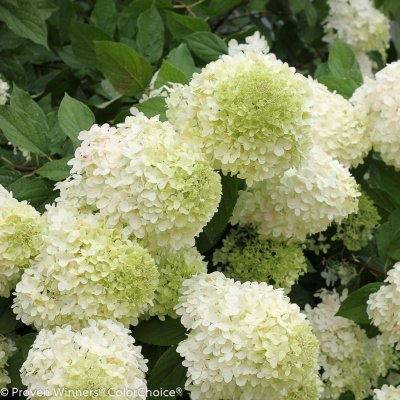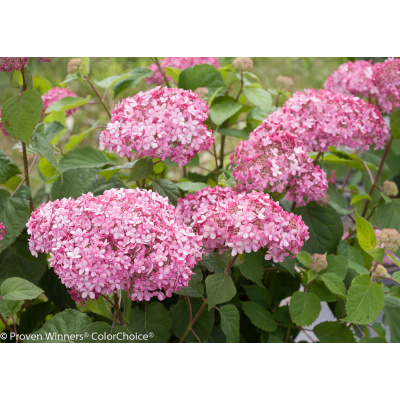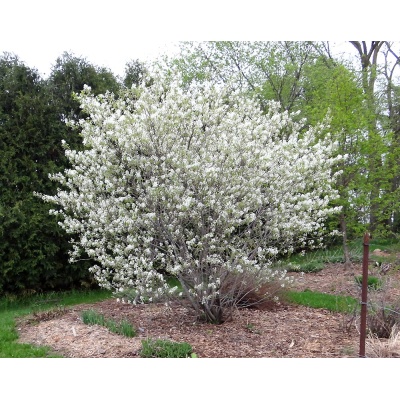Description
 Syringa Baby Kim
Syringa Baby Kim
The optimum amount of sun or shade each plant needs to thrive: Full Sun (6+ hours), Part Sun (4-6 hours), Full Shade (up to 4 hours).
- SPRING
FEATURES
Yes, you have space for a delightfully fragrant lilac! Baby Kim lilac is our smallest lilac to date, but boy, does it pack in a lot of flower power. Enjoy glossy, dark green foliage, an abundance of fragrant purple blooms that don’t fade to white, and a useful rounded habit that fits into just about any sunny spot. It brings all the joy of lilacs into a neater, tidier package so you can enjoy this classic flowering shrub no matter how much – or how little – space you have.
Available in better garden centers in spring 2021.
Top reasons to grow Baby Kim lilac:
– Dwarf habit takes up just a fraction of the space of other lilacs.
– Fragrant purple flowers don’t fade to white.
– Rarely bothered by deer or disease.
CHARACTERISTICS
PLANT NEEDS
A dwarf lilac like Baby Kim offers a lot of versatility in the landscape. Plant it lining a walkway, under windows, as a low hedge, or anywhere you want color and fragrance with minimal care.
Plant only in full sun and well-drained soil; lilacs cannot tolerate soggy, wet conditions.
If you want to prune Baby Kim lilac, do so immediately after it blooms in late spring. Never cut it back in fall, winter, or early spring – doing so will remove the spring flower buds. Pruning is not necessary, particularly for small, tidy varieties like this.
Like nearly all lilacs, Baby Kim lilac actually requires a period of cold weather in order to bloom well. This is why lilacs are not typically suited to warmer climates. However, they are very, very cold tolerant and thrive in climates as cold as USDA zone 3.
The botanical name of lilac, Syringa (suh-RIN-gah), is from the Greek word syrinx, which means tube. This is because the stems of lilac contain a spongy pith which can be remove, leaving a hollow tube that has traditionally been used to create pan-pipes.




Reviews
There are no reviews yet.